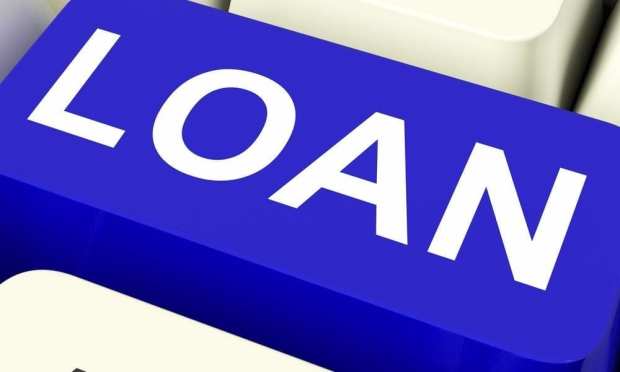Reading Tea Leaves – And Ripple Effects – Of Corporate Default Risk

There’s the old saying: When you owe $500,000, the lender owns you. When you owe $50 million, well, you own the lender.
The scenario comes to mind in the wake of news that default probability risk is increasing among companies owned by private equity firms. The Wall Street Journal reports that such risk is 2.5 times greater than what is seen with public companies. That estimation comes from analytics firm Credit Benchmark. The latest readings show that the average probability of default stood at 6 percent at the end of September compared to 5.4 percent. That compares unfavorably with the 2.3 percent probability of default with public firms.
The gap can be explained by the fact that private firms have been able to take on debt, and at higher rates (due to higher risk) than has been seen with public firms.
As the Journal notes, the credit cycle may be turning – during a time when, as Morgan Stanley has contended, 57 percent of companies that were purchased in leveraged buyout transactions have debt loads that are at least six times that of EBITDA, a rough measure of cash flow. The ratio right before the financial crisis was 51 percent.
When companies default on debt and cannot make their interest payments, there are ripple effects. The lenders? Well, they get less cash in their own coffers. This means future investments could be curtailed. But when companies go under, they lay off workers, stores go dark and inventory gets liquidated.
In another data point, S&P Global Ratings has said the default rate for such highly leveraged firms – a metric the Journal cautions is distinct from probability – may be as high as 3.9 percent in September of next year, a full 110 basis points higher than the most recent reading in September of 2019.
High leverage and riskier debt, amid trade and currency risks, makes for a dangerous mix. A pessimistic scenario could bring the default rate to more than 5 percent next year, according to the S&P.
The confluence of risk was spotlighted here earlier in the year, when Jerry Flum, CEO of CreditRiskMonitor, said that high interest rates imply that lenders do not expect to get paid back, and that lending has helped prop up companies that otherwise might be out of business.
What might happen? To hearken back to the statement about who owns whom at the beginning of this article, if things head south, we might see a hurried restructuring of debt to keep companies from going under – which, in essence, kicks the can down the road. The lenders won’t want to get dragged down with the borrowers. But eventually, leverage catches up with almost everyone.
